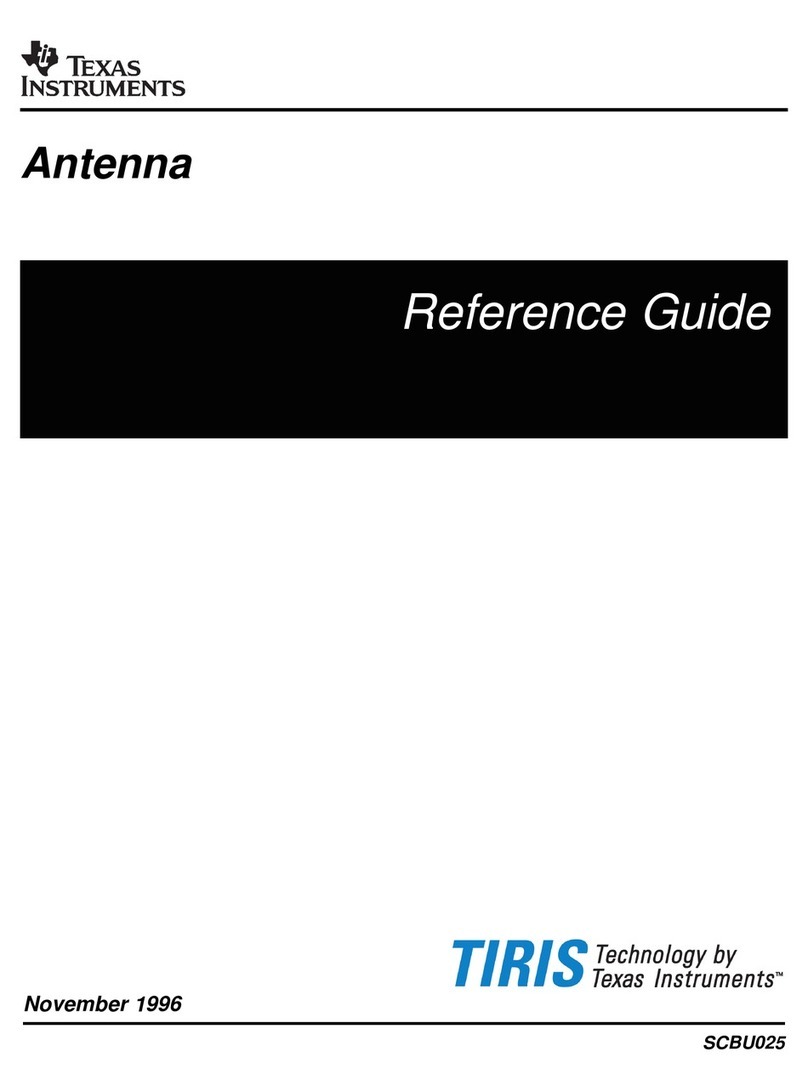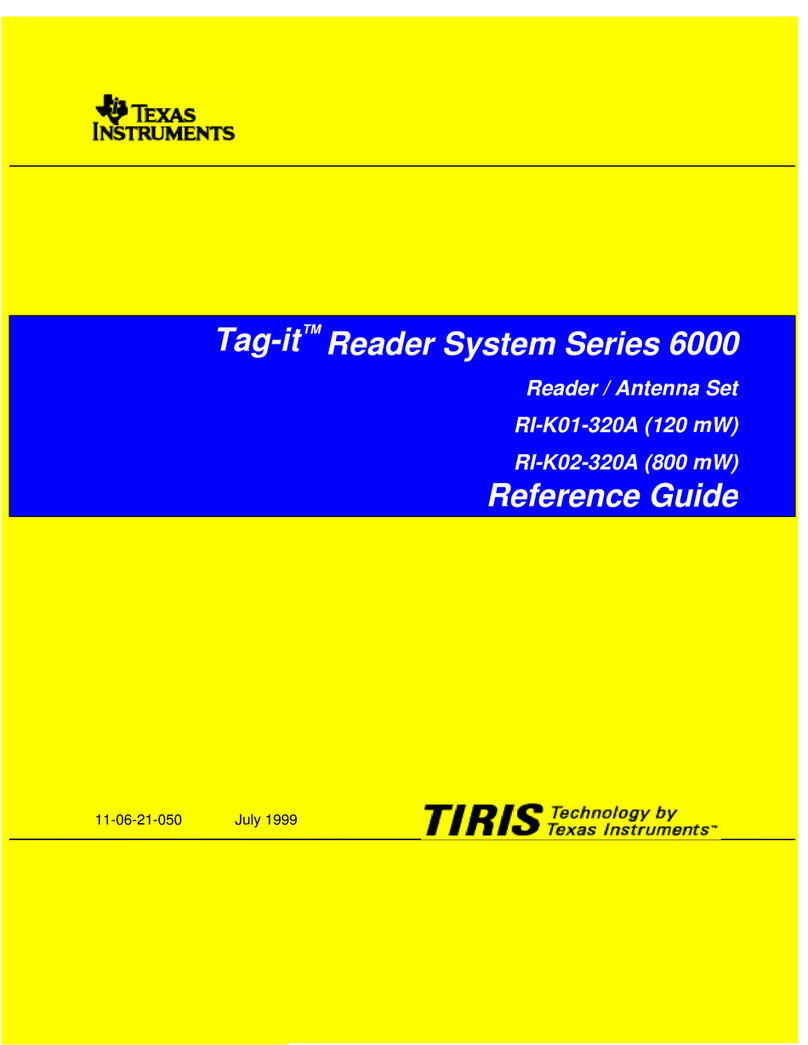
Lit Number: 11-06-21-068
Contents
Contents ................................................................................................................................ i
Edition 1 – March 2003 ........................................................................................................ i
About this Manual................................................................................................................ii
Abstract ................................................................................................................................ 1
1Why Custom Antennas may be Required.................................................................... 2
2Standard Antennas........................................................................................................ 3
2.1 27 µH Inductance Antennas...................................................................................... 3
2.2 47 µH Inductance Antenna........................................................................................ 4
2.3 116 µH Inductance Antenna...................................................................................... 5
3Fine Tuning Antennas................................................................................................... 5
3.1 Tuning to Resonance @ 134.2 kHz........................................................................... 5
3.1.1 The RFM-104B Module ......................................................................................................6
3.1.2 RFM-003B and RFM-007B Modules ..................................................................................7
3.1.3 The RFM-008B Tuning Board.............................................................................................7
3.1.4 The STU-MRD1 MicroReader. ...........................................................................................8
4Antenna Design ............................................................................................................. 8
4.1 Determining Self Inductance ..................................................................................... 9
4.1.1 By Calculation .....................................................................................................................9
4.1.2 By Measurement...............................................................................................................10
4.2 Antenna Q............................................................................................................... 11
4.2.1 Determing the Antenna’s Q Value ....................................................................................12
4.2.1.1 By Measurement........................................................................................................................ 12
4.2.1.2 By Calculation ............................................................................................................................ 12
4.3 Controlling the Antenna’s Q .................................................................................... 13
4.3.1 Wire Selection...................................................................................................................13
4.3.1.1 Skin Effect.................................................................................................................................. 13
4.3.1.2 Litze Wire ................................................................................................................................... 14
4.3.1.3 Other Wires Used in Antenna Construction ............................................................................... 15
4.4 Antenna Size........................................................................................................... 16
4.4.1 Antenna Size vs. Inductance ............................................................................................17
4.4.2 Adapting a non 27µH Antenna .........................................................................................18
4.4.2.1 Using External Capacitance....................................................................................................... 18
4.5 Antenna Tails.......................................................................................................... 21
4.5.1 Tail Construction...............................................................................................................21
4.6 Ferrite Cored Antennas........................................................................................... 22
5Other Antennas ........................................................................................................... 22
5.1 Field Lines .............................................................................................................. 22
5.2 Opposing Antennas (In-Phase) ............................................................................... 23
5.3 Opposing Antennas (out-of-phase) ......................................................................... 24
5.4 Noise Canceling Antennas..................................................................................... 26
Appendix A – MicroReader Antenna Designs.................................................................. 27
Appendix B. Contacts........................................................................................................ 32
Figures
Figure 1. Standard Antennas............................................................................................. 3





























